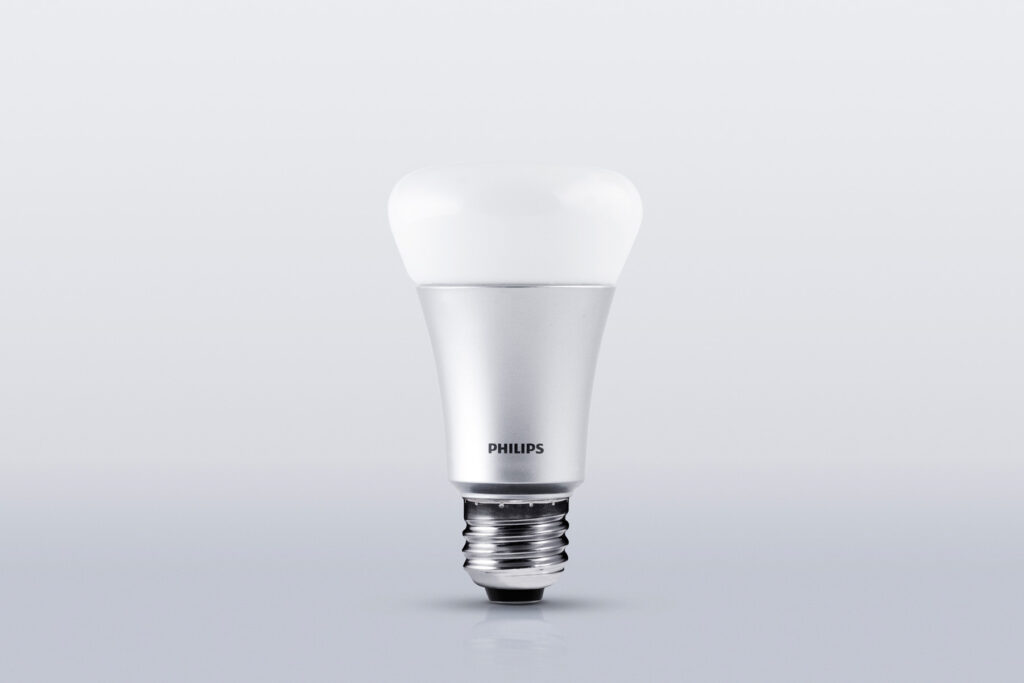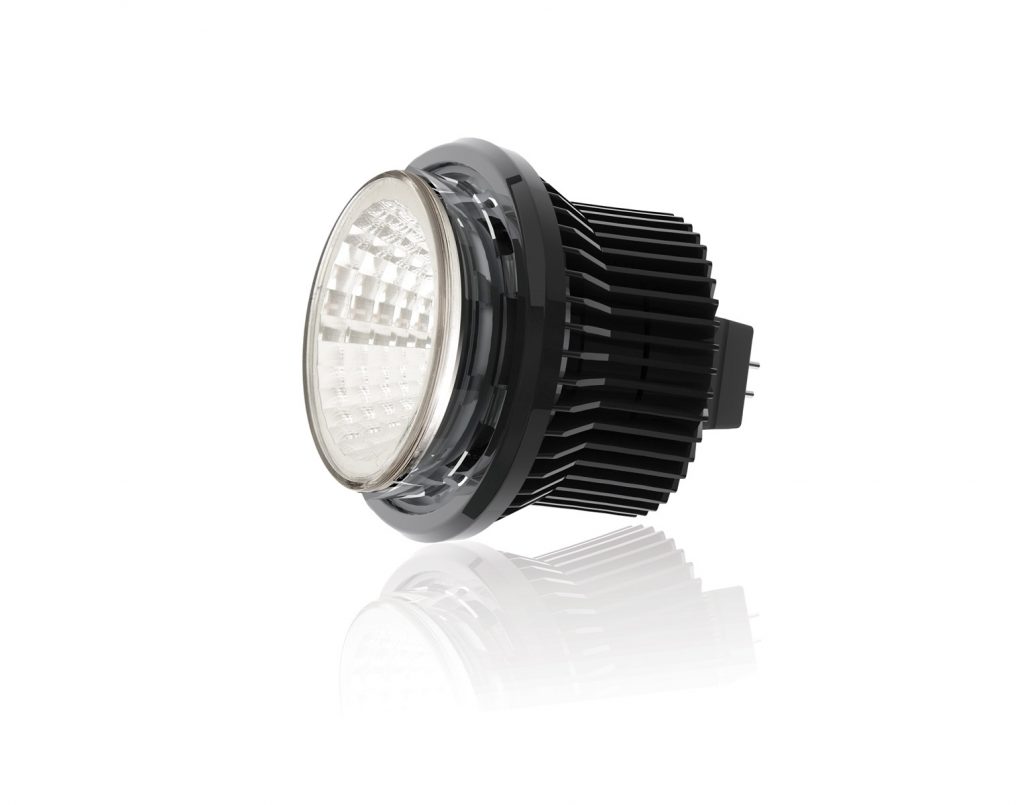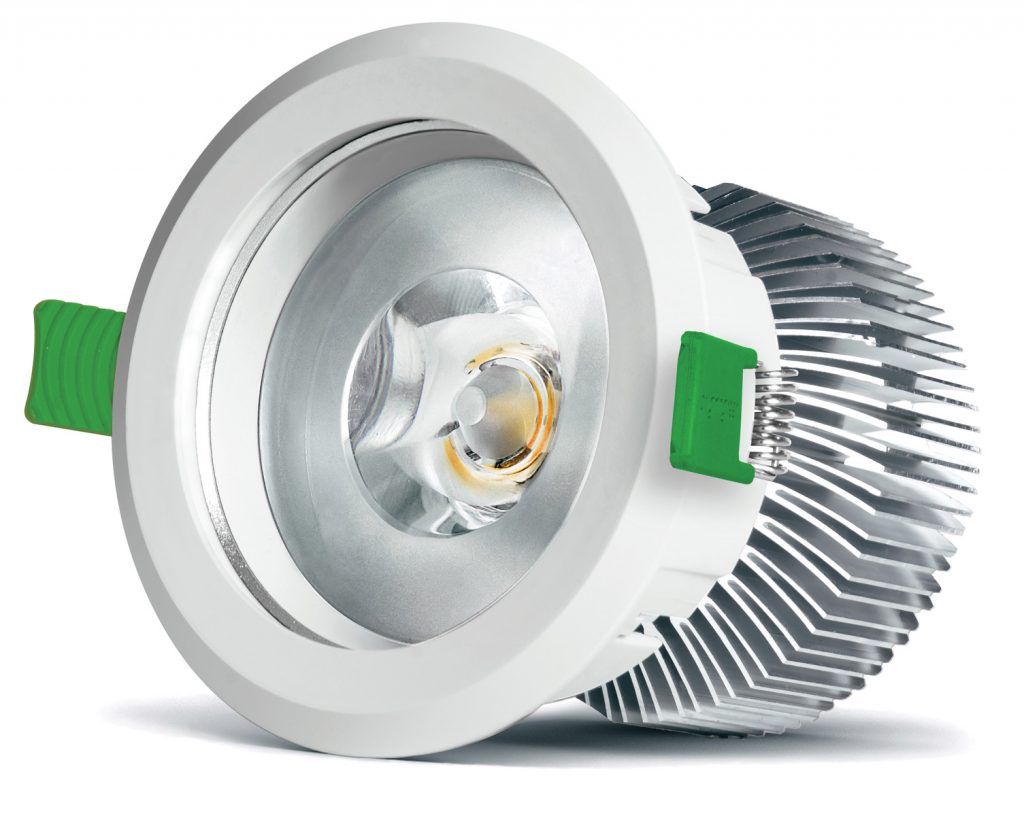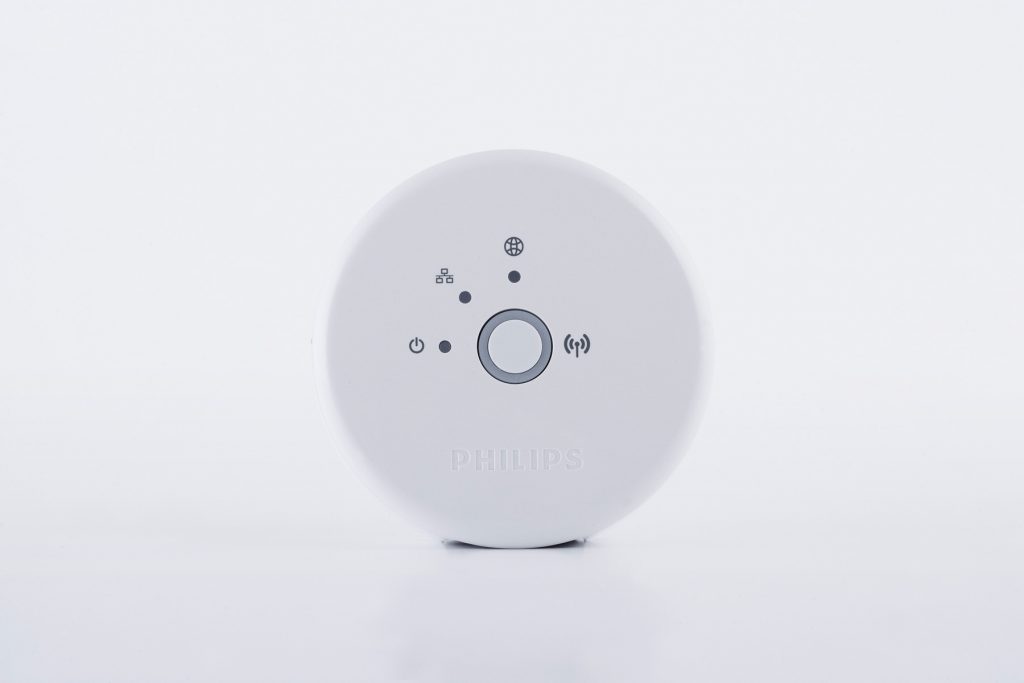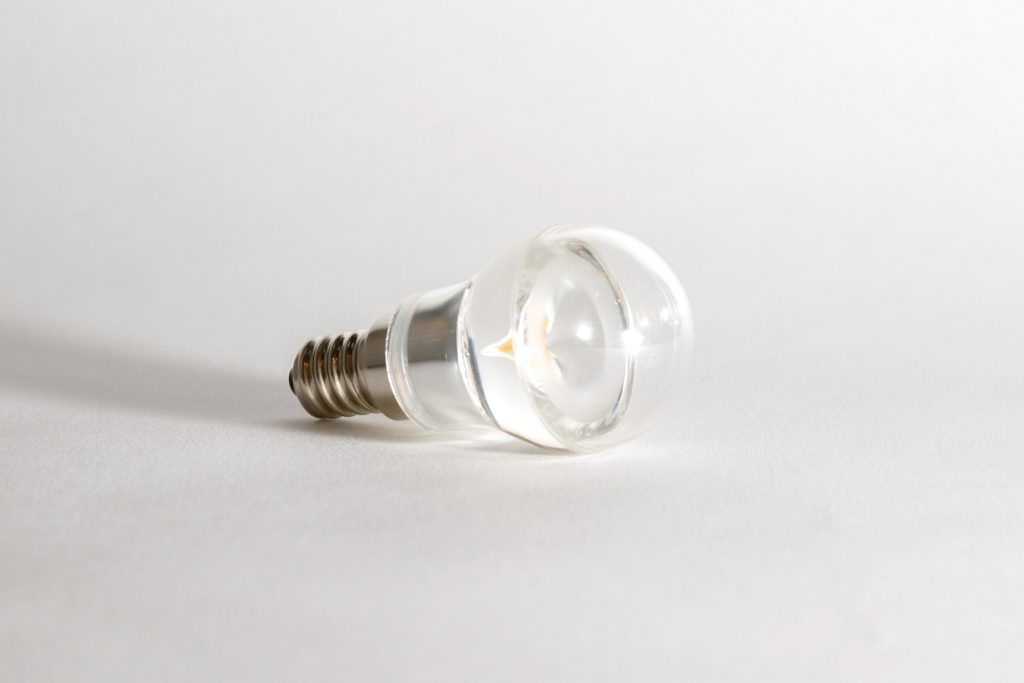21st Century Light
Whether building new or retrofitting, working out the lighting early will reap rewards down the track. And it’s LEDs that will take you there.
Lighting is just one of the many areas to consider when planning a renovation or new project, but it is becoming more critical as power bills increase, and more complex with advances in lighting technology. However, with some careful analysis in the planning stage, the decision process can be simplified.
Firstly, if you wish to light up your home like a new car showroom, then an array of inefficient halogen downlights is the way to go. But if you are a romantic at heart and like to set the mood, then well- designed task and ambient lighting is the path to take.
“LED lighting is arguably the most profound change the industry has witnessed since the invention of electric light itself,” says Martin Price of Philips. This has been recognised at the highest level with a Nobel Prize in Physics awarded to scientists in October for the invention, some twenty years ago, of blue LEDs (Light Emitting Diodes), which allowed white light to be created by combining red, green and blue LED componentry.
With the rapid advances in LED technology, the choices can appear daunting when replacing inefficient globes or planning a new project. LEDs have several benefits over the obsolete incandescent globes, CFLs (Compact Fluorescents) or halogen globes.
LEDs:
• do not contain mercury
• are significantly more efficient
• do not fail suddenly
• last far longer
• emit significantly less heat
• can be colour-temperature controlled.
Local Australian LED company Brightgreen has responded to the demand for higher quality globes. As Tim Mahoney from Brightgreen notes, “A majority of the advances come in the management and removal of heat, since that is a massive factor in improving the performance and lifespan of the product.”
To reduce energy consumption and power bills by retrofitting LEDs in an existing dwelling, it is important to assess the lumens versus watts (power usage). Lumens measures the amount of light produced by the globe. Typically a 10-watt LED globe rated at 700 lumens compares to a 700-lumen halogen rated at 50 watts, thus the LED offers an 80 per cent saving in power consumption.
However, the choice is more complex as many transformers used by halogens to deliver 12-volt electricity from a 240-volt source will cause flickering. This is due to the minimum load requirement in the more modern electronic transformers. Reputable
LED manufacturers such as Philips and Brightgreen provide replacement globes that manage this minimum watt requirement. The alternative is to replace the transformer.
You will also need to establish what type of fitting is currently used, and there are many varieties including MR16, GU10, E27, B22. A further complexity is dimmable switches. Again you will need to select a compatible replacement LED or, consult with an electrician and have the dimmer replaced. There are now also a variety of well-designed globes to suit pendant lights, which provide the necessary wide angle of lighting to suit the fixture.
The great advance in LEDs is the ability to adjust the colour temperature or whiteness. LEDs rated at 2700 K create a warm white light whilst a 4000 K light is bright white and a bit too “cold” for the home environment. Manufacturers are coupling LEDs with control gear to allow the colour temperature to be changed between 3000 K to 5000 K, and providing the ability to remotely control this via smart devices. The Philips Hue allows colour selection and dimming of the lighting to control the ambience without expensive dimmer add-ons.
As with most well-designed products built to last, it is better to pay more upfront and allow for this in the project budget, so, for example, LEDs should be costed into the building budget for a new project. Energy savings of up to 80 per cent can be realised and the payback period for the initial investment can be two to three years, depending on the cost of energy in each state. Consider the variety of available globes offered – the type of reflector and optical system – so as to make the best use of light in specific environments. Well-designed and planned lighting systems will not only save energy and money but create a more comfortable and liveable space for tasks or relaxation.
